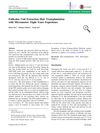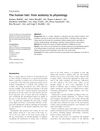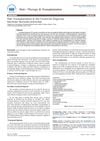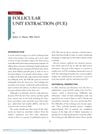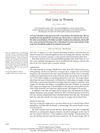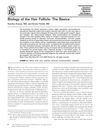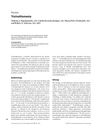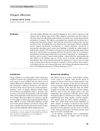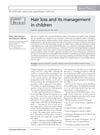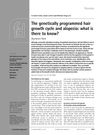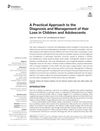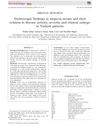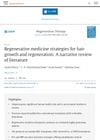Introductory Chapter: Hair Loss
May 2017
in “
InTech eBooks
”
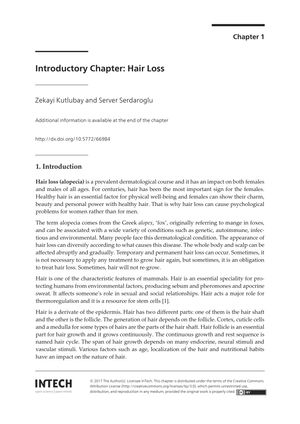
TLDR The document explains the causes, types, diagnosis, and treatments of hair loss, and its psychological impact, especially on women.
The document from 2017 provides an overview of hair loss, detailing its psychological effects, particularly on women, and its various causes, including genetic, autoimmune, infectious, and environmental factors. It describes different types of alopecia, such as alopecia areata with a lifetime incidence of 2.1%, androgenetic alopecia affecting up to 80% of white men by age 70, scarring alopecias, telogen effluvium, and trichotillomania. Diagnosis methods like the hair pull test, blood tests, and punch biopsy are essential for identifying the cause of hair loss. Treatment options range from medications like minoxidil and finasteride to hair transplantation techniques such as FUT and FUE, with FUE being less painful and scar-free but more time-consuming. The document also notes the high prevalence of psychological or psychiatric disorders among dermatology inpatients, with up to 60% affected, and the increased risk of mental disorders in women with scarring alopecia. It emphasizes the importance of understanding the pathogenesis of hair loss and mentions emerging treatments like mesotherapy and platelet-rich plasmas (PRPs).
